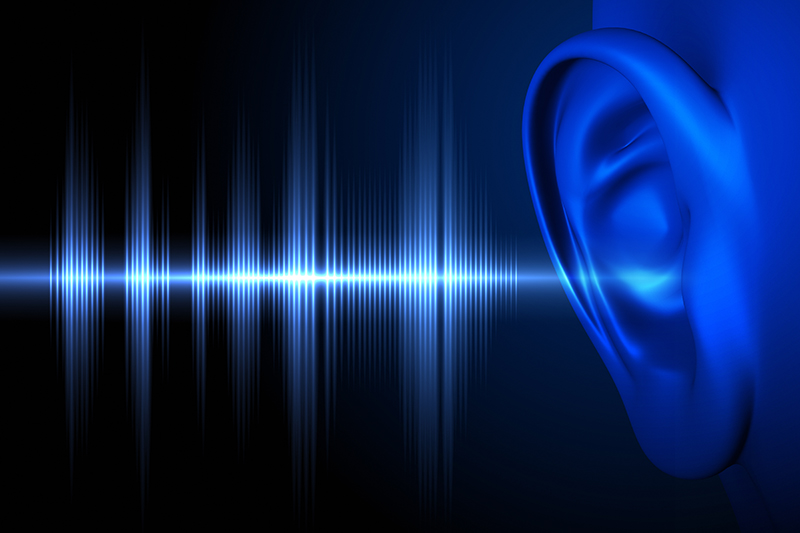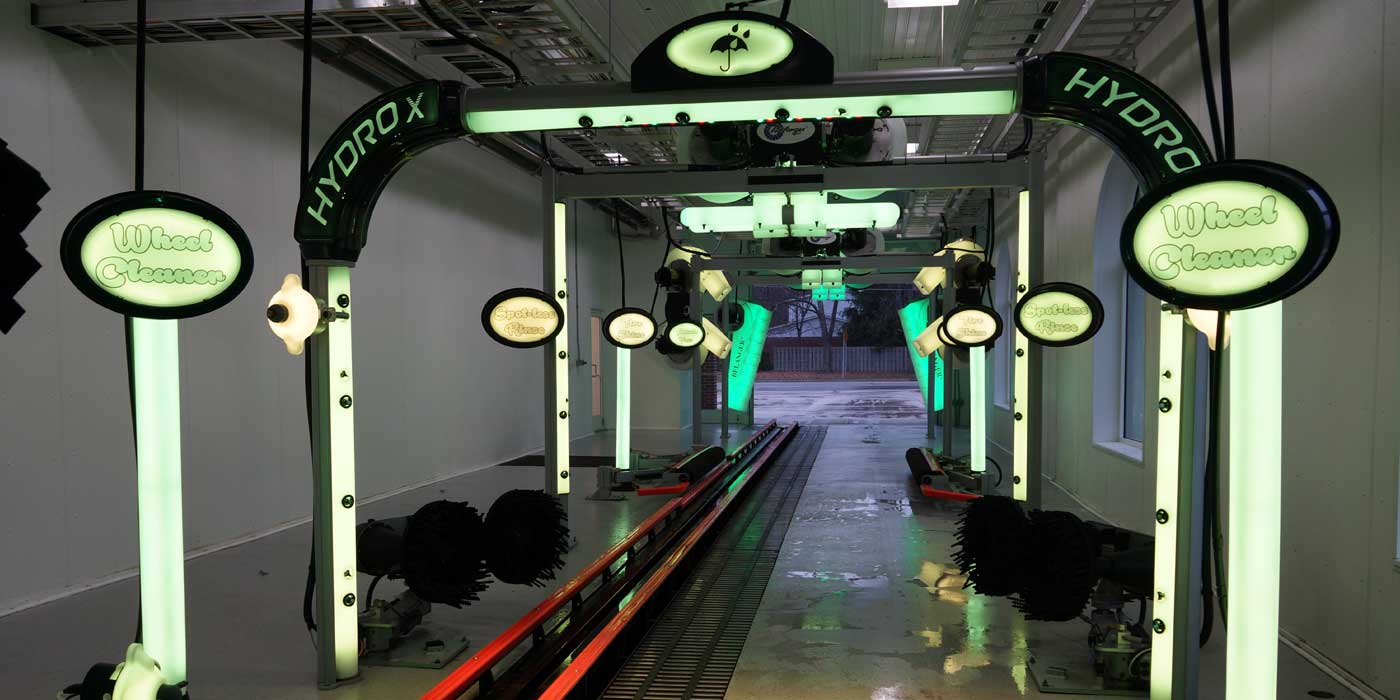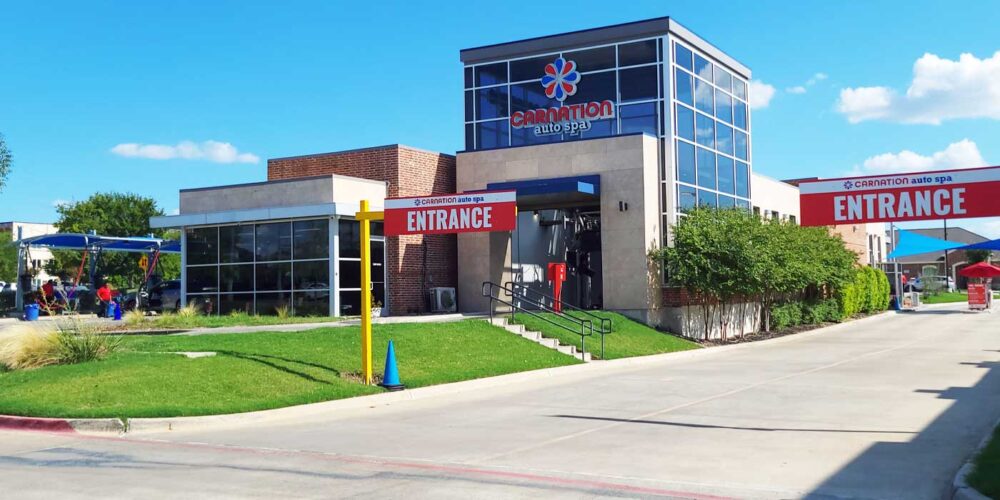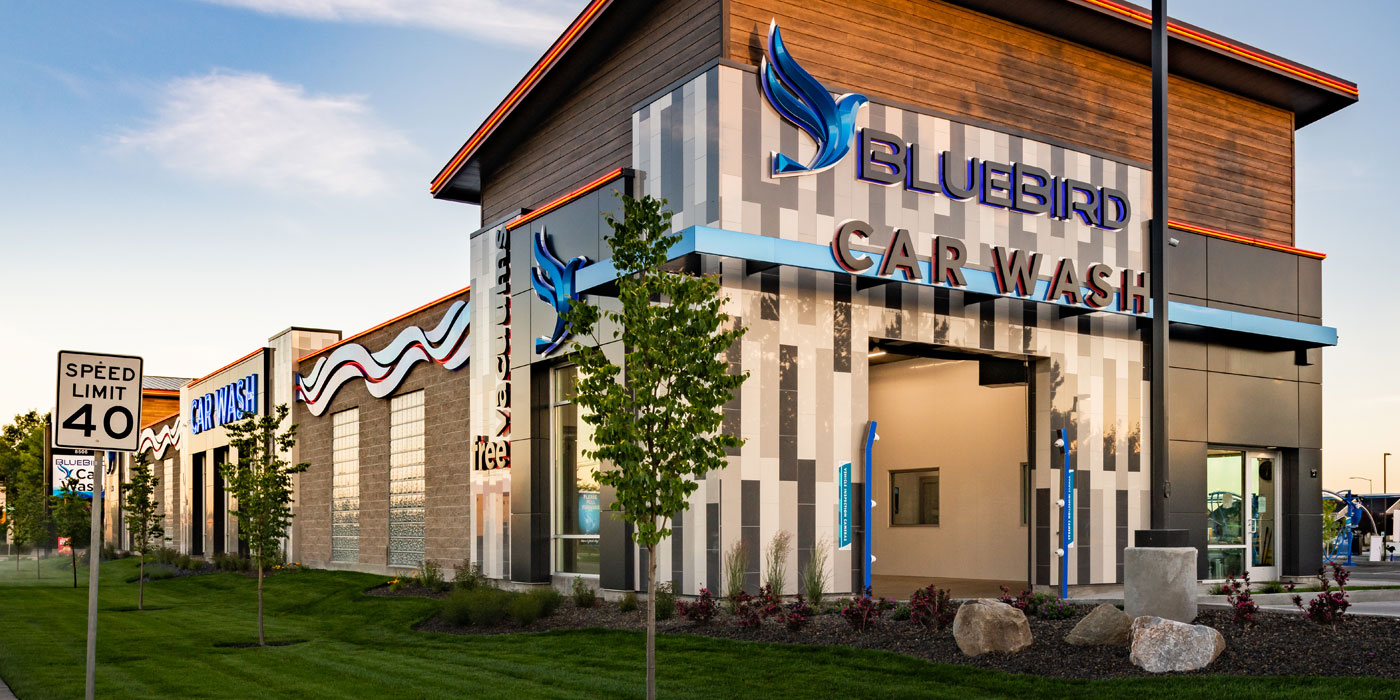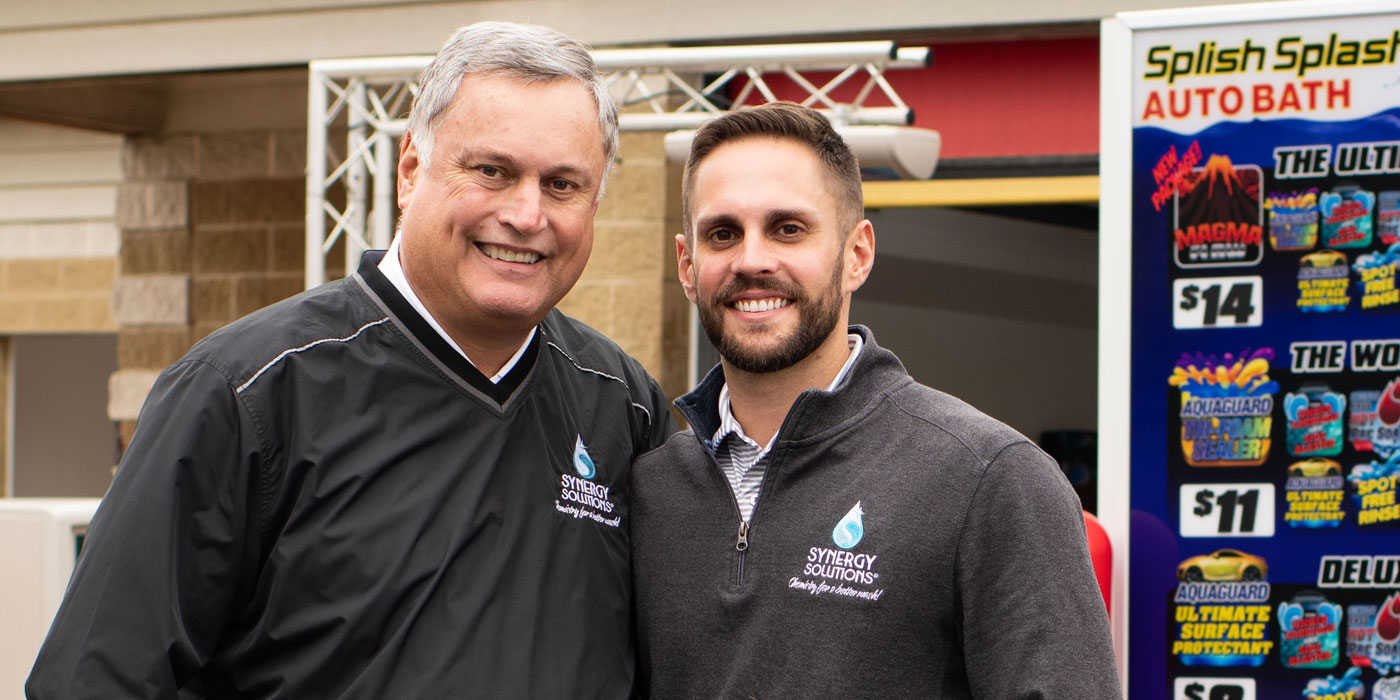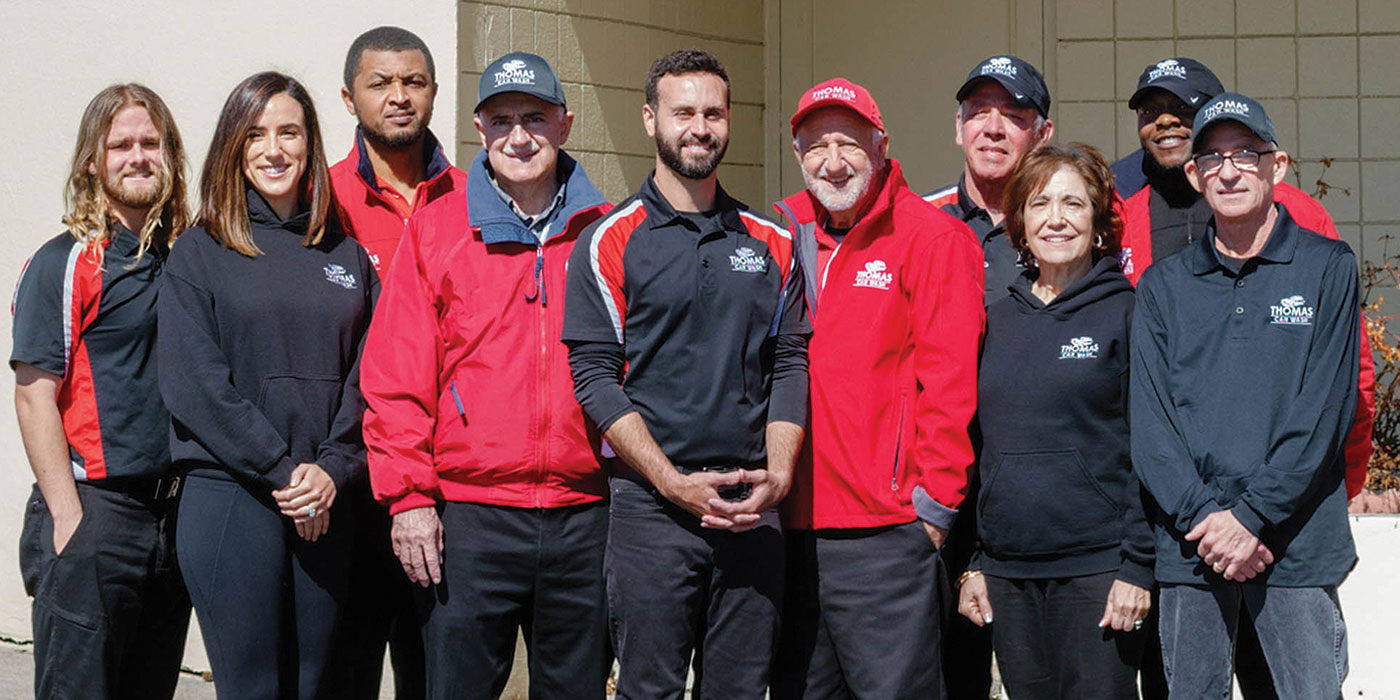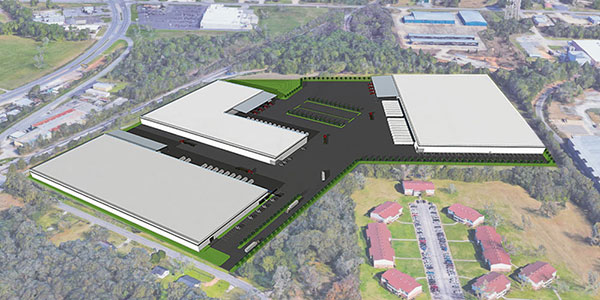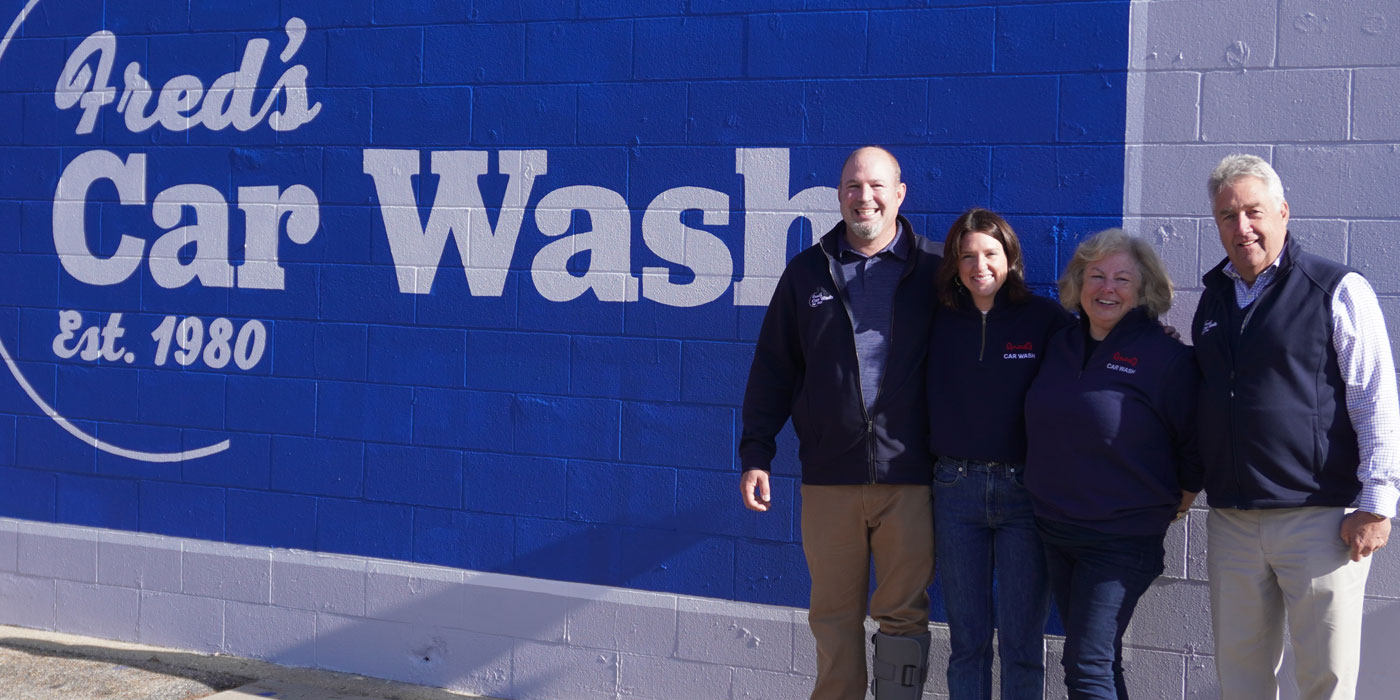A favorite topic local newspapers cover is business construction plans. Obviously, these plans affect the community at large, and readers are interested in knowing how these businesses are going to change the landscape of the city or town. Carwash construction plans and openings fall under this category as well, and newspapers regularly cover their permit and approval hearings. However, what these news stories often also show are the obstacles carwashes can face during the approval process.
For instance, the local Department of Transportation may raise traffic concerns. Or, if a proposed carwash site is near a residential neighborhood, part of the process for gaining approval may be to speak with the residents and, more often than not, at least a few will come forward voicing concerns about vehicle pollution, light and noise.
The lattermost of these, noise, is a problem many carwashes — both in the planning stages and already in existence — face, and the effects of being perceived as too noisy can be detrimental in a variety of ways.
For instance, as Cheryl Dobie, owner of Aerodry Systems LLC, notes about existing carwashes, “Should complaints arise, generally, operational noise is not ‘grandfathered’ in, even if the wash has enjoyed a long history in that location. Whether new construction or an existing facility, local ordinances can impose restrictions or dictate hours of operation.”
In addition, Occupational Health and Safety Administration (OSHA) regulations permit only noise exposure levels up to 85 decibels (db) for an eight-hour workday, and carwashes that surpass those noise levels are subject to fines. One of the greatest contributors to noise at a typical carwash is dryers. Dryers can easily straddle that OSHA-permissible line or cross it. As such, there are ways to reduce noise at your carwash so you can not only give your customers a more positive experience, but also protect your employees’ hearing as well.
A carwash’s unique challenges
“Carwash operators face unique challenges,” Dobie explains. “Even though a building should also act as a containment barrier for sound, the most effective acoustic treatments used in construction are porous and are not suitable for wet, harsh carwash environments.” She further notes that effective acoustic materials also absorb moisture. These issues, in addition to the fact that carwashes have large entrance and exit doors, mean that sound cannot be completely contained within the building.
Archie Johnson, president and owner of The Dryer Pros, also notes, “Operators, particularly ones planning a new carwash, should explore different ways to design their building so that it will contain as much noise as possible, including a wall between their neighbors and the carwash.”
However, while considerations for sound reduction should be implemented when designing the building and site, city plans change over time and new owners who take over existing carwashes may not have the extra capital to undergo an extensive site renovation.
But, if your carwash has never received noise complaints from the surrounding properties, does it even matter if you invest in noise reduction equipment? It does matter, in fact, because in this case, it’s for the sake of your customers and employees.
A stressful situation
Some new operators might believe that dryer noise doesn’t pose a problem for customers who remain inside their vehicles. While this may be true in some cases, those who are outside their vehicles are susceptible to the noise, and any employees who work near the equipment or are outside for long periods of time may also be affected.
Noise can quicken pulses and raise breathing rates — in other words, it can create a stressful experience. If customers remember their visits to the carwash as stressful, they are not likely to return. On the same token, employees who are consistently stressed on the job are more likely to quit.
So, you might ask, what about simply using hearing protection? It’s a simple and cost-effective solution that’s used across several industries. After all, Johnson notes, employees of express tunnel carwashes generally aren’t near the dryers, and those who wipe down vehicles in full service washes usually are some distance from them as well. But, as a rule, any employees who do work near noisy equipment should be wearing some sort of ear protection.
On the other hand, hearing protection equipment creates its own set of problems. Dobie explains that ear plugs and ear muffs, while economical, often cause discomfort for employees when worn for long periods of time, and the inability to detect changes in the sound of equipment or communicate with employees and customers also hampers their abilities to work efficiently. As a result of both the acoustic dilemma and the difficulties associated with wearing hearing protection, Dobie concludes, “Sound suppression at the source is most efficient.”
Sound suppression technology
By “at the source,” Dobie refers to the carwash equipment — in this case, dryers, which can be some of the noisiest pieces of carwash equipment.
Richard Flores, vice president of operations at Proto-Vest Inc., states, “Dryers without some type of sound suppression are at risk with regulatory agencies, in particular OSHA. OSHA has some of the strictest compliance regulations when it comes to protecting the employees that work near and/or around the system [and] protecting the neighbors around the environment.” OSHA inspections tend to be unplanned visits, and if the agency finds that you are not complying with one or more regulations, including its noise ones, it will result in fines and/or closing the facility until all noise ordinances are met, Flores adds.
Related: What you need to know about OSHA inspections
Sound suppression technology is available for dryers, but unfortunately, Dobie states, retrofitting older dryers may not be possible. Additionally, Flores notes that such technology does not come standard on most new dryers. Why?
Johnson provides the answer. “Every dryer manufacturer is concerned with noise and keeps that in mind when designing dryers,” Johnson explains. “However, that concern is superseded by performance. While little things can reduce noise levels, most manufacturers and operators will agree performance comes first. That’s a reality of the carwash business.”
Nevertheless, these sound suppression packages can be added to most modern dryers. But what exactly makes a “sound suppression package?” As Johnson explains it, “Some manufacturers offer sound-absorbing inlet covers that are positioned over the air intake of air producers, which reduce noise generated by air being drawn into the impeller or fan. These devices are usually lined with a sound-absorbing foam material.”
As such, Flores notes that some dryer sound suppression packages can lower dryer noise by an average of 10 decibels, making them approximately 10 times quieter than unfitted models and enabling them to meet OSHA, federal, state and local noise reduction standards. “By reducing noise levels into the [80 db or lower] range, you can be assured of a pleasant environment for both your employees and customers,” he adds.
The science of sound
So, how does sound suppression technology work? To answer that, first we need to delve a little into the science of sound.
Sound is a series of continuous vibrations that we can only “hear” once they vibrate against our eardrums. According to Dobie, “Every structure has a natural frequency, meaning once struck by sound, it will continue to vibrate at frequencies determined by its material, dimensions, shape and conditions.”
For that reason, Johnson says, “There is no absolute sound suppression system. If air is moving, it’s creating noise. With direct discharge air producers, most of the noise is generated by the air streams, not the dryer equipment itself.”
However, some materials can absorb sound energy and/or resist transmitting noise. How much sound a material can absorb across a given frequency range is known as its “absorption coefficient.” The larger the coefficient, the more sound that is absorbed and the less that is reflected back, causing reverberation and more noise.
According to Dobie, “Depending on design, the housing on a drying system can act as a barrier to sound waves, making them go through and thereby reducing their strength. By installing absorbing material with a perforated liner, internal sound along with acoustic reflections are absorbed; therefore, reverberation times can be reduced.”
In this way, Flores adds, “[Sound suppression technology] reduces the noise decibel level generated by the impeller centrifugal system rapidly drawing air into the blower while discharging air from the blower assembly.”
Shopping for sound suppressors
If you find yourself in need of sound suppressors for your dryers, Dobie notes that a number of independent companies manufacture these types of products, which can complement all brands. However, she adds this word of caution, noting that failing to properly research the product you want to purchase can lead to disappointing outcomes and a waste of money.
“Do your homework,” Dobie advises. “Beware of unproven, undocumented claims that seem ‘too good to be true.’ Reputation is everything; choosing based solely on price or appearance will lead to problems. It’s what’s inside that determines functionality; so, make sure when you purchase equipment that is represented to be new, that it is in fact new.”
Flores adds that you should request engineering specifications listing the decibel levels both before and after sound suppression equipment has been installed on your dryers. Or, you can request an independent, third-party report for sound suppression, Dobie notes.
By investing in sound suppression technology for your dryers, you are not only saving your carwash from the risk of OSHA fines and lowering the chance that the neighbors will complain, but you are creating an overall more pleasant atmosphere for everyone at your wash, leaving your customers with a better experience and your employees with a better work environment.

